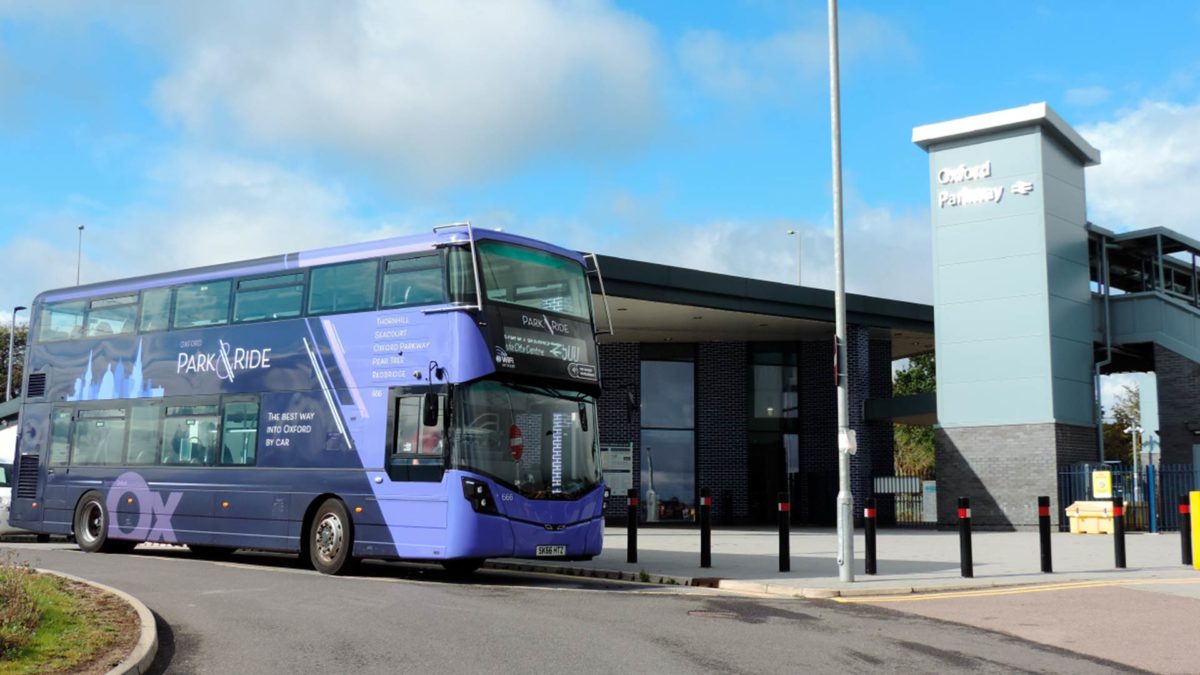
Imagine Oxford without Park&Ride
Oxford has had Park&Ride since 1973 when the Redbridge site opened. Let’s remember why the concept was created back then. There were controversial proposals to build a road across Christchurch Meadow to resolve the City’s congestion problems and it was accepted that a ‘better way’ of managing transport demand had to be found.
A consultant’s report was received by both City and County Councils in 1968 and after due consultation and deliberation, both authorities formed a Balanced Transport Plan (BTP) from 1973. This plan sought to contain and reduce the use of private transport within the Oxford Ring Road, by encouraging the use of public transport, cycling and walking.
Specific measures implemented to promote Park&Ride were to increase parking charges in the City Centre and to give buses an advantage over cars in traffic flow, bus only lanes were created on roads. Eventually, a further four Park&Ride sites were created at Pear Tree, Thornhill, Seacourt and Water Eaton (Oxford Parkway). The Oxford Park&Ride system had become one of the largest in the UK.
We are all looking forward to getting back to ‘normal’ and doing all the things we enjoy doing. But as we return to enjoying more activity, many will not want to lose some of the few positives of the past year: improved air quality and less congestion.
Embracing the Park&Ride again will be crucial to protecting Oxford’s air and preventing a return to congestion. The five large car parks located around the ring-road and bus services which take people straight into the City Centre are still designed to reduce congestion and pollution as it was 50 years ago.
As people begin to return to visiting Oxford, we encourage everyone to consider the question: “Imagine Oxford without Park&Ride?”
Because we will need people to return to using it for the service as we know it to survive.
In 2019, almost three million people used the Park&Ride. A daily average of 8,000 people and 4,000 private cars that did not clog up the key roads in and out of the City.
Taking the measurements of an average family car, if Park&Ride ceased and traffic attempted to access the City, this would be 10 miles of queues added to the roads. The data is clear – if people return to visiting Oxford via private vehicles, the roads will not be able to cope.
We are at a fork in the road in Oxford’s ambition to become carbon neutral by 2035. To achieve the vision will require stakeholders in politics and business to work together and overall behaviour change in how we all use transport to achieve modal shift from car to public transport and active travel.
The Committee on Climate Change published its Sixth Carbon Budget in December 2020. It acknowledged that reducing demand for car travel offers significant potential for reducing emissions, with associated benefits for congestion, air quality and health. Whilst some of this reduction in car emissions can come from switching to walking, cycling and rail, a significant proportion of it will need to come from increased bus travel, given the types of journey that need to shift. The Committee assesses that around 9-12% of car trips could be shifted to buses by 2030, increasing to 17-24% by 2050. Delivering this level of modal shift would require around a 50% increase in pre-COVID bus journeys by 2050.
The Park&Ride has been at 8% of normal (pre-COVID levels) for months and alongside that we need to speed up bus journey times by 10% to ease congestion and afford to convert our fleet to zero emissions to play our part in achieving the targets set.
We have made progress on improving air quality. Since 2013, there has been a 7% decrease in NOx emissions from transport in Oxford.
The recent Oxford City Council air quality report revealed NOx emissions from buses have decreased by half, from 64% to 32%. The report confirmed that buses are a key part of the solution to tackling pollution and cars are now the biggest polluter in Oxford. NOx emissions from cars increased by 22% from 15% to 37% of transport emissions.
Major investments in advancements in low carbon technology by Oxford Bus Company, Thames Travel, and Stagecoach has directly contributed to the overall improvement in air quality in the City Centre.
In recent years, operators have not only invested millions in new buses to Euro VI standard but they have also received funding via the Clean Bus Technology Fund awarded to Oxford City Council to upgrade earlier engines to the Euro VI standard. Furthermore, Oxford Bus Company introduced the first electric bus to the City last year via the City Sightseeing Oxford fleet with more to come.
While some parts of the report highlighted continued trouble spots and causes for concern, we believe the approach the City is taking will enable further progress over time. St Clements, George Street, High Street and the Cuttleslowe roundabout remain high pollution locations.
The assessment reported the continued programme of converting all buses to Euro VI technology will enable Oxford’s worst streets for air pollution to achieve legal compliance.
The planned Oxford Zero Emission Zone and Connecting Oxford proposals will improve the landscape further. They will help reduce the number of cars entering the City and therefore enhance air quality.
However, if we do not see people return to using the Park&Ride service in large numbers and instead opt to travel via private vehicles, the progress will go into dramatic reverse. It will lead to a double whammy of terrible congestion and pollution.
The former would create the risk of people visiting other City Centres instead. A risk Oxford can ill-afford as we all look to bounce back. Oxford will need to welcome people back to the City to re-boot our crucial visitor economy. As a community, we all need to ensure we do not undo the great work that has improved the air, we share.
The Park&Ride services undergo intensive cleaning daily, as does all our fleet, and we are ready to serve as Oxford opens up and we return to doing the things we all enjoy.
We hope people re-embrace sustainable travel to visit our beautiful City and in doing so protect our environment and prevent congestion making Oxford a no-go zone.
More in Public Transport
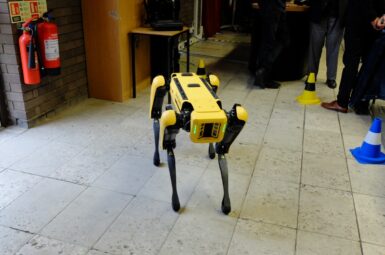
Oxford Brookes hosts event looking at the future of autonomous transport
The future of transport and the challenges facing the development of smart, connected and autonomous vehicles was discussed at a two-day event at Oxford Brookes University earlier this month.
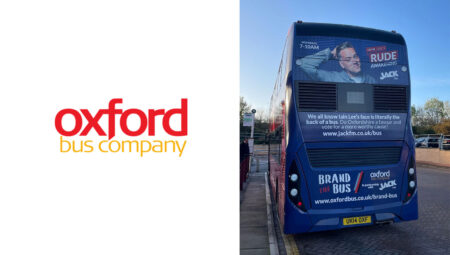
BRAND THE BUS! JACKPOT INCREASED IN HUGE BONUS FOR GOOD CAUSES
The first prize in Oxford Bus Company’s Brand the Bus! 2023 competition has just got even bigger, thanks to a new partnership.
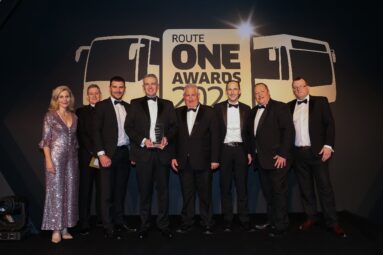
OXFORD BUS COMPANY SCOOP ACCOLADE AT INDUSTRY AWARDS
The Oxford Bus Company has been recognised for its customer facing technology innovations, in a prestigious national industry award.
From this author

BRAND THE BUS! JACKPOT INCREASED IN HUGE BONUS FOR GOOD CAUSES
The first prize in Oxford Bus Company’s Brand the Bus! 2023 competition has just got even bigger, thanks to a new partnership.

OXFORD BUS COMPANY SCOOP ACCOLADE AT INDUSTRY AWARDS
The Oxford Bus Company has been recognised for its customer facing technology innovations, in a prestigious national industry award.
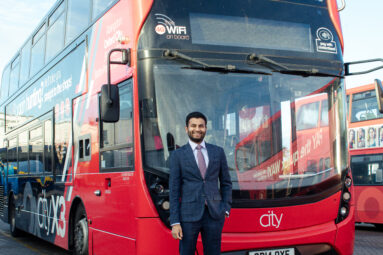
Oxford Bus Company invests in graduates to inspire the next generation...
Glenn De Sousa progressed from graduate trainee to manager inside a year – after getting on-board Oxford Bus Company’s graduate training scheme.

